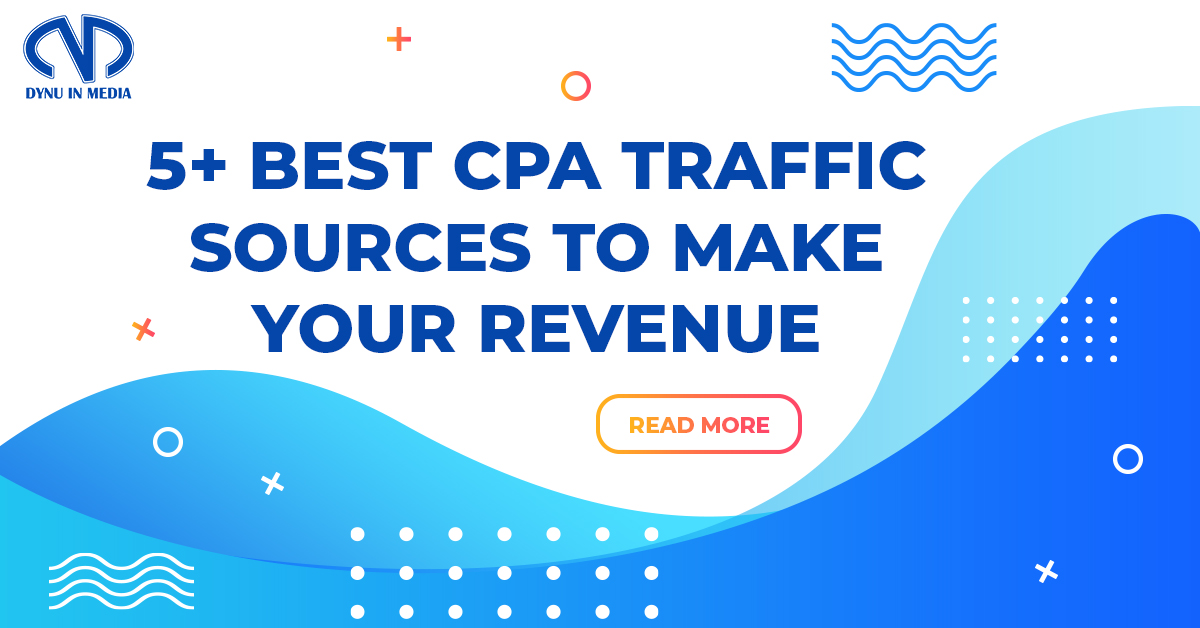First-Party vs Third-Party Cookies: What’s the difference? [2023]
Cookies have become the bread and butter of the Internet and are now the most popular way of recognizing users online and offering a personalized browsing experience. There are two types of cookies, first-party and third-party cookies, mainly used for marketing and tracking. So, what are the differences between first-party vs third-party cookies? Let’s dive into this blog with Dynu in Media to answer this question!

What Are First-Party Cookies?
First-party cookies are primarily about streaming the users’ experience on a website. The host domain (the website you visited) creates first-party cookies. These are seen as an agreement between the site and the user to aid things in running better.
An example of a first-party cookie is Amazon when a user signs into an e-commerce website. The web browser sends a request in a process that offers the highest level of trust that the audience is directly interacting with Amazon. The web browser will save this data file to the user’s computer under the “amazon.com” domain.
If first-party cookies were blocked, you would have to sign in every time you visited, and you could only buy a few items while shopping online, as your cart would reset after each item was added.
What Are Third-Party Cookies?
Third-party cookies are often generated by parties other than the website owner. They’re commonly deemed “non-essential cookies” by data privacy laws.

These are tracking cookies generated by advertising companies. Their tracking helps you to see advertisements for items like those you purchase.
Third-party cookies primarily do three things:
- Tracking: They track you via various websites to see what you may purchase.
- Retargeting: They send you to a website that sells items you may like.
- Ad-serving: They deliver personal ads that target your needs.
Familiar with the former example, third-party cookies work when a customer goes shopping on Amazon. They may browse two products and spend time on the product pages.
When the customer decides to buy one product, for instance, the yellow hat over the yellow shoes, they might later receive emails and other ads for the yellow shoes they saw but never bought.
Even if the customer closes their browser and ends the session, that tracking data will be on their computer.
First Party Vs Third Party Cookies: What is The Difference?
You’ve already known about first-party and third-party cookies; let’s move on to the differences between first-party versus third-party cookies in the table below:
|
First-party cookies |
Third-party cookies |
|
| Where are the cookies used? | Only work on the website that made the code | Approachable on any website that loads a third-party server’s code. |
| Who made the cookies? | They come from the webpage publisher. It can be a part of the website’s server or JavaScript code. | Advertisements or other servers load them onto your browser. They don’t come from the primary website you visited. |
| What does your browser do with them? | Assisted by all browsers. Browsers give users tools to decline cookies. | Once assisted by all browsers. Yet, browsers are increasingly offering ways around them or blocking them. |
| When can the cookie be read? | Only when the original user is actively on the original website. | Users can read them anytime. |
| Who can read the cookie? | Only the original website read them. | Anyone with the true program can read them. |
In summary, here are the main differences between first-party cookies and third-party cookies. First-party is to increase the overall user experience, while third-party cookies track customers’ activity and display advertisements depending on their activity. Besides, first-party cookies are available to the domain that created it; in contrast, the other cookies are accessible on any website loading the third-party’s server code.
Do Second-Party Cookies Exist?

Yes, second-party cookies exist; however, they have a more limited purpose. They share data between three entities:
- The consumer.
- The website they visit.
- The website’s partner/s.
Second-party cookies are mainly used in data-sharing agreements, though their usage is not widespread. All of them represent data collection partnerships.
Thus, they are only useful to internet businesses that are also data brokers.
First Party Cookies Vs Third Party Cookies: The Future
Users and regulators have applied pressure to protect online privacy, and many employees in large tech organizations have blocked third-party cookies on their websites. In June 2021, Google announced its plans to remove third-party cookies on Chrome.
If they have not already, publishers and advertisers need to explore other marketing strategies because the end of third-party cookies is quickly accessed.
Dynu in Media hopes this article has helped inform you about “First-party vs third-party cookies: What’s the difference?” In the future, the rejection of third-party cookies may force advertisers and marketers to be more international in setting up and engaging with users. Thus, markets must pay more attention to establishing long-term relationships with users and increasing customer lifetime value. If you have any questions about this topic, feel free to drop your comment below. We are willing to address your curiosity!








